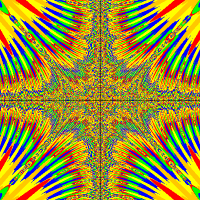(Press here to see the problem). Basically the setLocation method uses ints, and if you open the coding in the above scenario you'll see that in order for me to get exact coordinates I need one that uses doubles. Even the one from the smoothMover class just rounds it off. (plz don't ask for any details unless you have seen the scenario it should answer most questions about anything I left out).



